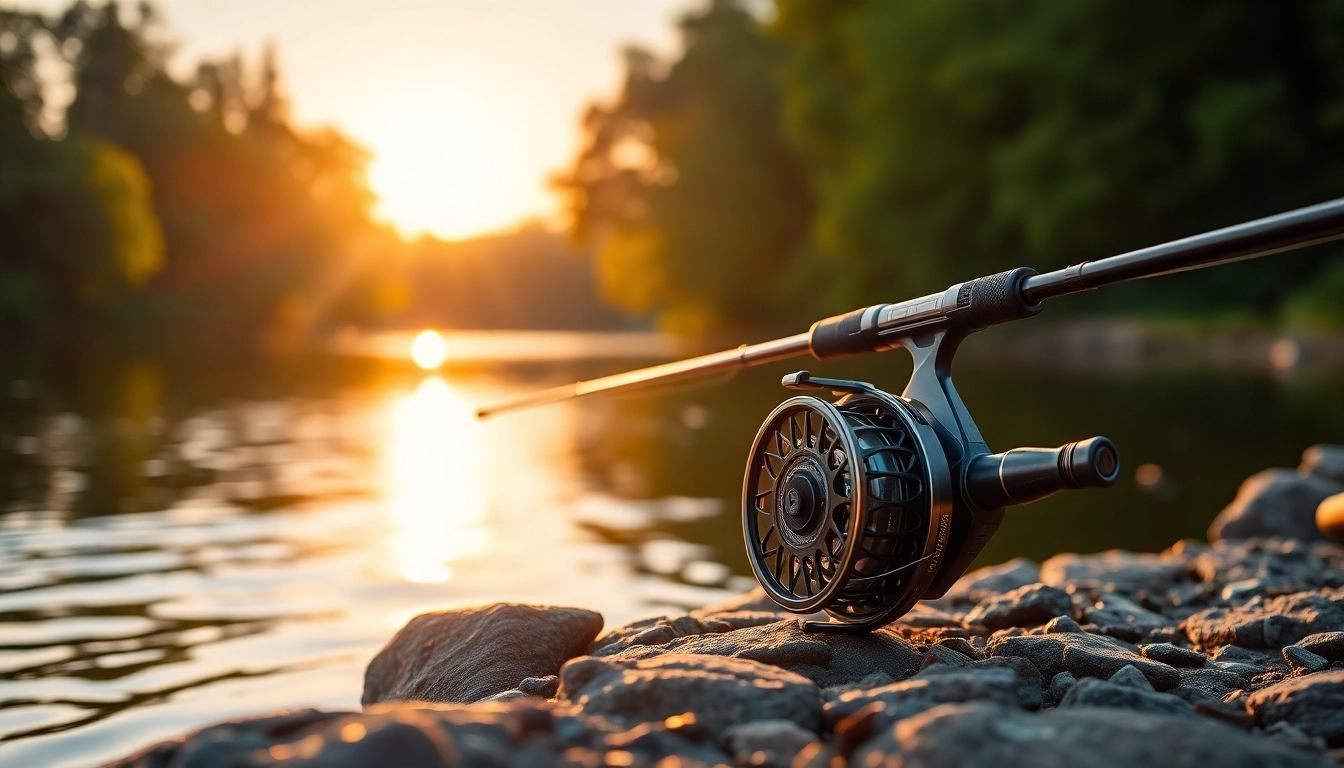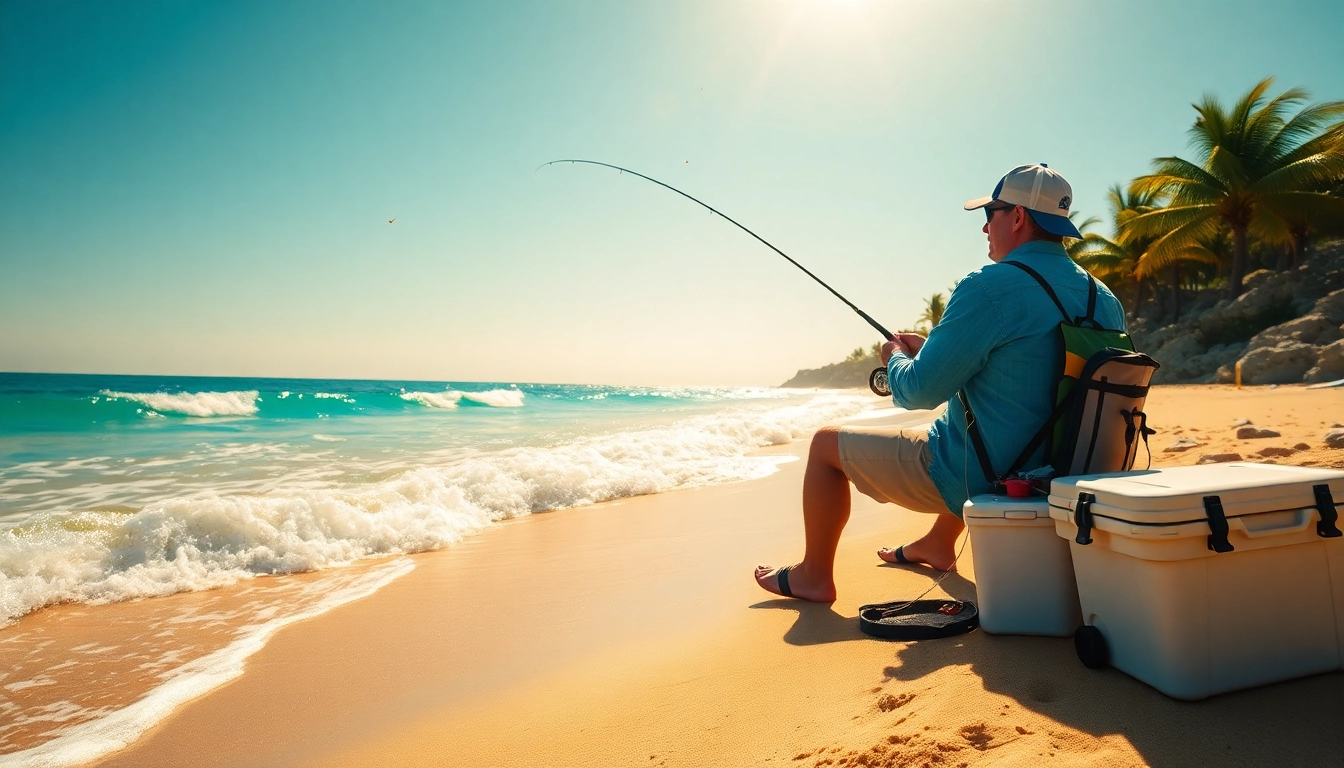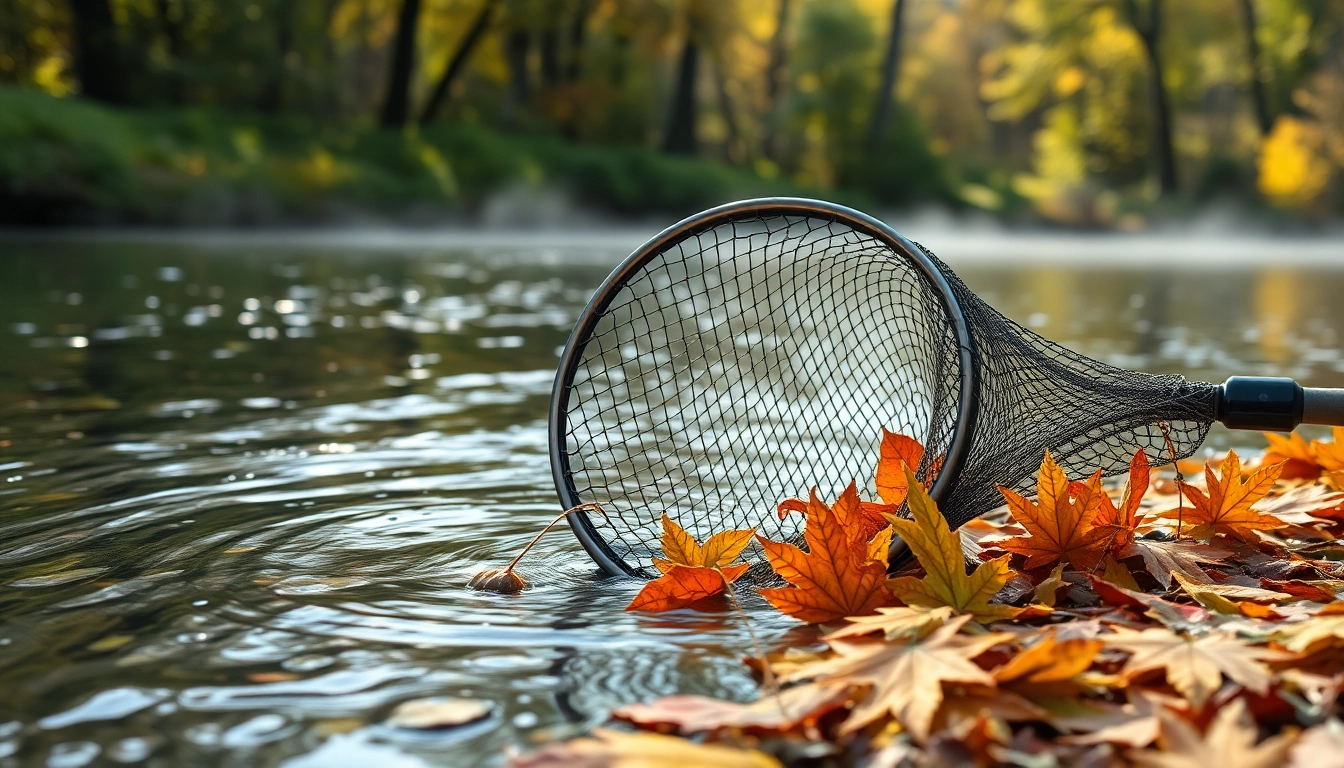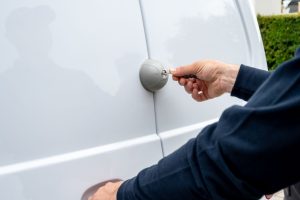Choosing the Right Fly Fishing Combo for Your Adventures
Understanding Fly Fishing Combos
What is a Fly Fishing Combo?
A fly fishing combo is a carefully curated set of tools designed to enhance the fly fishing experience for anglers of all skill levels. It generally includes three primary components: a fly rod, a fly reel, and a fly line, each of which plays a crucial role in the fly fishing process. The combination of these components not only simplifies the selection process for newcomers but also ensures that everything is compatible for optimal performance. For those new to the sport, purchasing a fly fishing combo can be a cost-effective and hassle-free way to get started.
Components of a Fly Fishing Combo
To better understand the functionality of a fly fishing combo, let’s break down its individual components:
- Fly Rod: Typically longer and more flexible than traditional fishing rods, fly rods are designed to cast lightweight flies using a specific technique. The material, length, and action of the rod can all influence casting distance and accuracy.
- Fly Reel: This component holds the fly line and assists in retrieving the line after casting. The reel’s drag system helps manage the tension when a fish is hooked, making it an essential tool for land fish efficiently.
- Fly Line: Unlike traditional fishing line, fly line is heavier and tapered to facilitate casting. The weight of the line is critical, as it allows the angler to effectively cast the lightweight fly.
Benefits of Using a Fly Fishing Combo
Using a fly fishing combo offers several advantages:
- Simplicity: Combos are designed to work seamlessly together, eliminating compatibility issues that can arise with individual component purchases.
- Cost-Effectiveness: Purchasing a combo can often save money compared to buying each piece separately.
- Optimal Performance: A well-designed combo ensures that all components work in harmony for improved casting distance and accuracy.
- Accessibility: Many combos are tailored for beginners, providing user-friendly equipment that encourages practice and skill development.
Selecting the Best Fly Fishing Combo
Factors to Consider When Buying
Choosing the right fly fishing combo involves considering several factors:
- Skill Level: Assess whether you are a beginner, intermediate, or advanced angler. Some combos are specifically designed for novices, offering ease of use while others may focus on performance for experienced fishers.
- Type of Fishing: Consider the type of water you’ll be fishing in (freshwater vs. saltwater) and the species you aim to catch. Different environments and fish species require different setups.
- Comfort and Ergonomics: Ensure the rod is comfortable to hold and easy to cast. Many anglers often overlook the importance of ergonomics, which can affect the duration and enjoyment of fishing.
Understanding Your Fishing Environment
Your local fishing environment plays a significant role in determining the best combo. Factors such as:
- Water Type: Whether you’re fishing in rivers, streams, lakes, or coastal areas will influence the type of rod and line you need.
- Weather Conditions: Wind can significantly impact casting. A longer rod may offer more control in windy conditions, while shorter rods can be advantageous in confined spaces.
- Local Species: If you’re targeting species like trout, bass, or salmon, different rod actions and line weights will be appropriate.
Price Range and Quality Considerations
Setting a budget is essential when shopping for a fly fishing combo. Higher-priced combos often use superior materials, providing improved performance and durability. Look for:
- Materials: Rods made from carbon fiber or graphite tend to be lighter and more sensitive than those made from fiberglass.
- Warranty and Return Policy: Ensure the combo comes with a warranty to protect your investment. A solid return policy is also important if the combo does not meet your expectations.
- Reviews and Recommendations: Research and read user reviews to gain insight into the reliability and performance of different combos.
Essential Techniques for Fly Fishing
Basic Casting Methods
Understanding casting techniques is vital for successful fly fishing. The two primary styles are:
- Overhead Casting: This is the most common method and involves bringing the rod back over your shoulder and then forward while casting the line out. Proper timing and motion are essential for accurate casting.
- Roll Casting: Useful in tight spaces, such as when fishing close to the bank or obstructions. This method involves rolling the line forward without raising the rod above eye level.
Reading Water Conditions
Knowing how to read water conditions can greatly enhance your effectiveness as an angler. Key elements to observe include:
- Water Flow: Fast-moving water may require a different approach than slow-moving streams. In calm water, fish tend to be more wary.
- Temperature: Fish are more active in warmer water. Understanding seasonal temperature ranges can help in choosing the right times to fish.
- Structure: Look for underwater structures, such as rocks, logs, or vegetation that can provide cover for fish. These spots are excellent collection points where fish tend to congregate.
Targeting Different Fish Species
Different fish species require different techniques and gear. To improve your chances:
- Trout: Often found in rivers and streams; they respond well to nymphs and dry flies. Using smaller, lighter flies is often more effective.
- Bass: These aggressive fish can be found in lakes and ponds. Larger, flashy flies tend to attract their attention.
- Salmon: Known for their fighting ability, salmon often require heavier gear and specialized flies, particularly during spawning season.
Caring for Your Fly Fishing Combo
Maintenance Tips for Longevity
- Cleaning the Rod and Reel: After each use, wipe down the rod and reel to remove dirt and moisture, preventing corrosion and wear.
- Inspecting Line and Leader: Regularly check for nicks and abrasions. Replace any damaged line to avoid losing fish.
- Greasing the Reel: Periodically grease the reel’s moving parts, following manufacturer recommendations, to ensure smooth operation.
Storing Your Equipment Properly
Protecting your equipment during storage is critical. Follow these guidelines:
- Dry Storage: Ensure all gear is dry before storing to prevent mildew or corrosion.
- Use Rod Socks: These help protect the rod from scratches and breakages. Store them in a tube if possible.
- Temperature Control: Store your gear in a controlled environment, avoiding extreme temperatures and humidity that can damage your equipment.
Upgrading Components When Needed
As you become a more experienced angler, you might want to upgrade components of your fly fishing combo:
- Rods: Consider a more advanced rod for better sensitivity and performance.
- Reels: Upgrading to a high-quality reel with a better drag system can enhance your fighting ability when catching larger fish.
- Lines: Experiment with different line types and weights to match your personal fishing style and the conditions of the water.
Common Mistakes When Using a Fly Fishing Combo
Overcomplicating Your Setup
One of the most common pitfalls, especially for beginners, is overcomplicating the equipment. Here are some tips to simplify:
- Start with the Basics: Focus on mastering the basic techniques before introducing more complex gear.
- Limit Your Fly Selection: Rather than carrying numerous flies, start with a few versatile patterns that work well in your local waters.
- Practice Casts: Regular practice can lead to familiarity and improvement, helping you become more efficient on the water.
Neglecting to Practice Casting
Practice makes perfect when it comes to fly fishing. Here are some strategies:
- Find a Casting Area: Use a local park or open space to practice casting before your fishing trip.
- Join a Class: Many organizations offer casting clinics or classes, giving you the chance to learn techniques from experts.
- Film Yourself: Record your casting to identify areas for improvement. This can be an eye-opening experience.
Ignoring Local Regulations and Conservation
Responsible fishing is critical for the sustainability of aquatic environments. Remember to:
- Follow Local Regulations: Always be aware of local fishing seasons, size limits, and catch limits to protect fish populations.
- Practice Catch and Release: Use proper handling techniques to minimize stress on fish when practicing catch and release.
- Support Conservation Efforts: Engage with conservation organizations and participate in local initiatives to preserve fishing habitats.














Post Comment